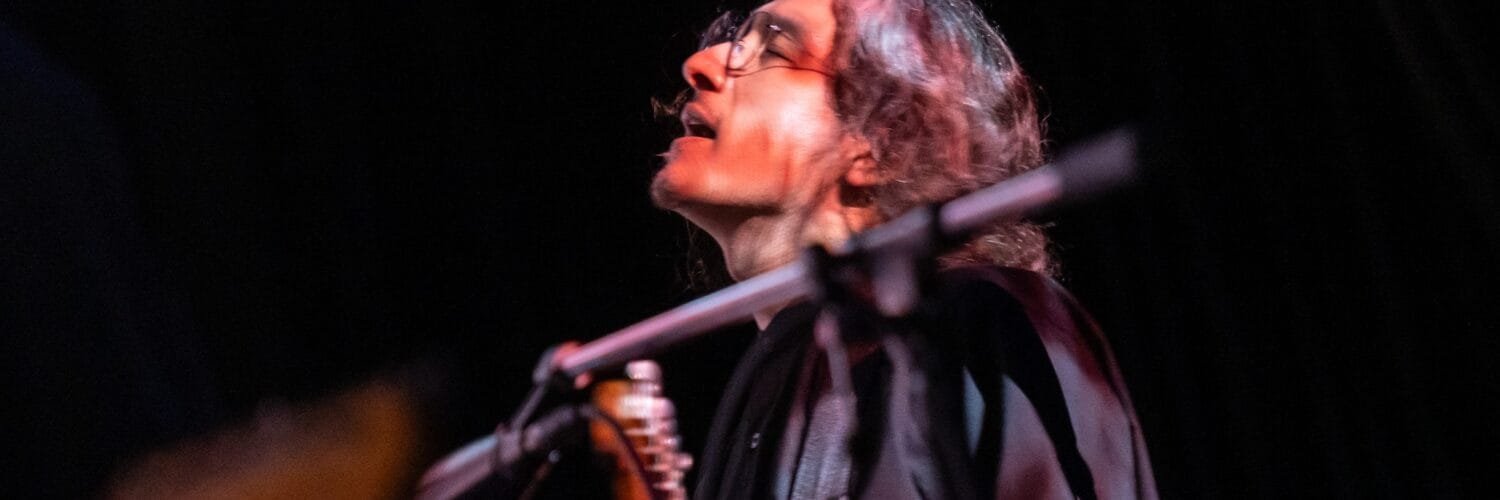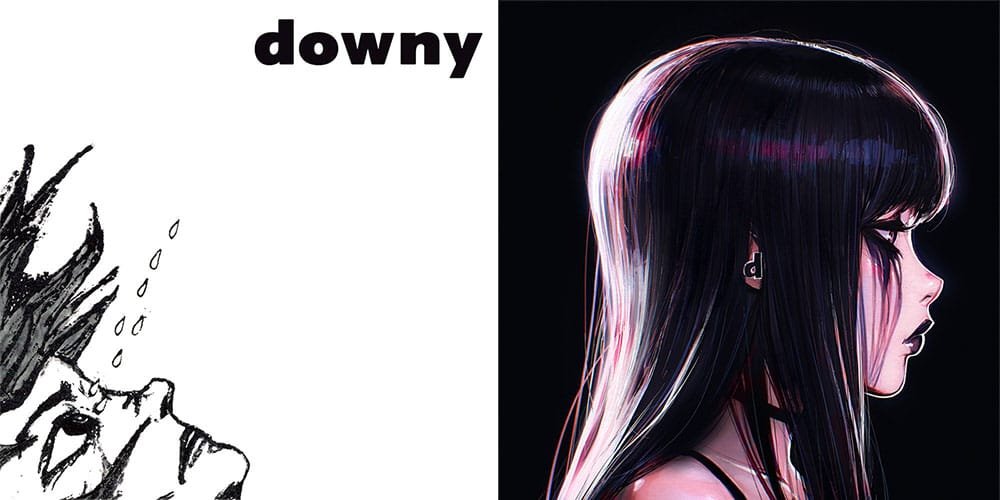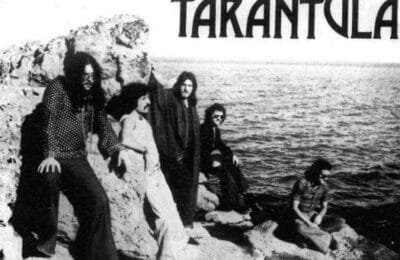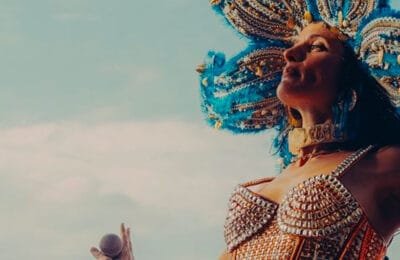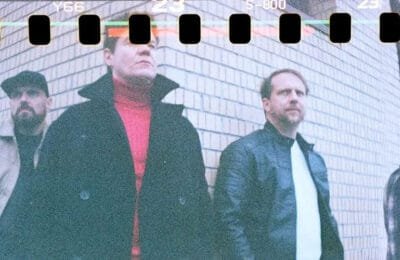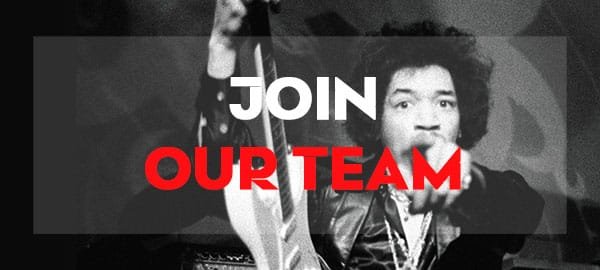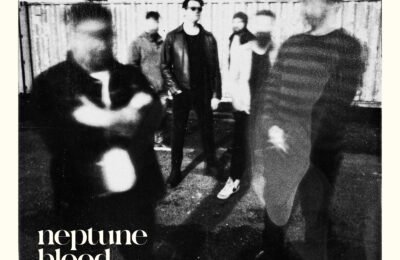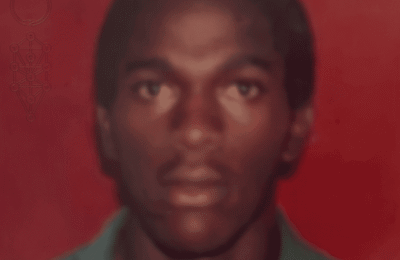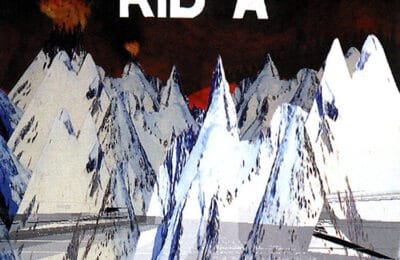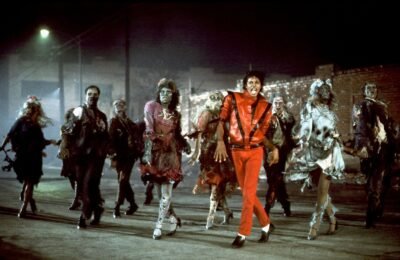A couple of weeks ago, I stumbled upon some music that nearly knocked me off my chair: 第八作品集『無題』, the latest release from the Japanese band downy. I soon realised they’d been creating extraordinary music for over two decades. But as I tried to dive deeper, I ran into a wall—most of the available information was in Japanese, and, well… Google Translate can only take you so far.
I did my best to transcribe what I experienced while listening to the album, but I couldn’t shake the feeling that it wasn’t enough. It didn’t quite do justice to the depth of their sound, or their legacy. So, I reached out to someone who could.
Here’s our conversation with Robin Aoki, guitarist, vocalist and one of the creative force of downy— on the band’s journey, their creative process, visual arts, Fugazi, ceramics, and much more.

Introducing downy
For over two decades, downy has been a quietly important force in Japan’s experimental rock scene. Robin drives us through the downy sound and how it was shaped.
For international listeners like me, how would you introduce downy?
downy is a Japanese experimental rock band formed in 2000. We use irregular time signatures, and our musical style changes significantly from album to album. One of our members is dedicated to visuals. In our live shows, we don’t use lighting; instead, he manually controls the visuals live, performing as part of the band.

None of downy’s albums have a title. Could you tell us more about the reasoning behind it?
We don’t create albums based on a set concept. Instead, we compile the best songs created during the production period. That makes it hard—or even meaningless—to assign a title afterward. Still, we need a name, so we formally refer to them as “Untitled.”
downy’s music blends so many textures—shoegaze, electronica, post-rock. How do you describe the band’s sound today?
Personally, I aim to create music that no one else makes—something even I have never heard before. So rather than fitting into a genre, I think it’s best described simply as “the downy sound.”I have eclectic taste and listen to all kinds of music. If I had to pick a favorite, it would probably be Fugazi. But since I can’t replicate what they do, I ended up exploring different paths—and that led to our current sound.
Your voice often feels like another instrument rather than a traditional lead vocal. Is that intentional? What role does the voice play in downy’s soundscape?
Yes, I still don’t really like the sound of my own voice. That may be part of why I think of it as one instrument among many. Sometimes I use it as a rhythmic hook, sometimes as an emotional instrument. It doesn’t have to be the lead.
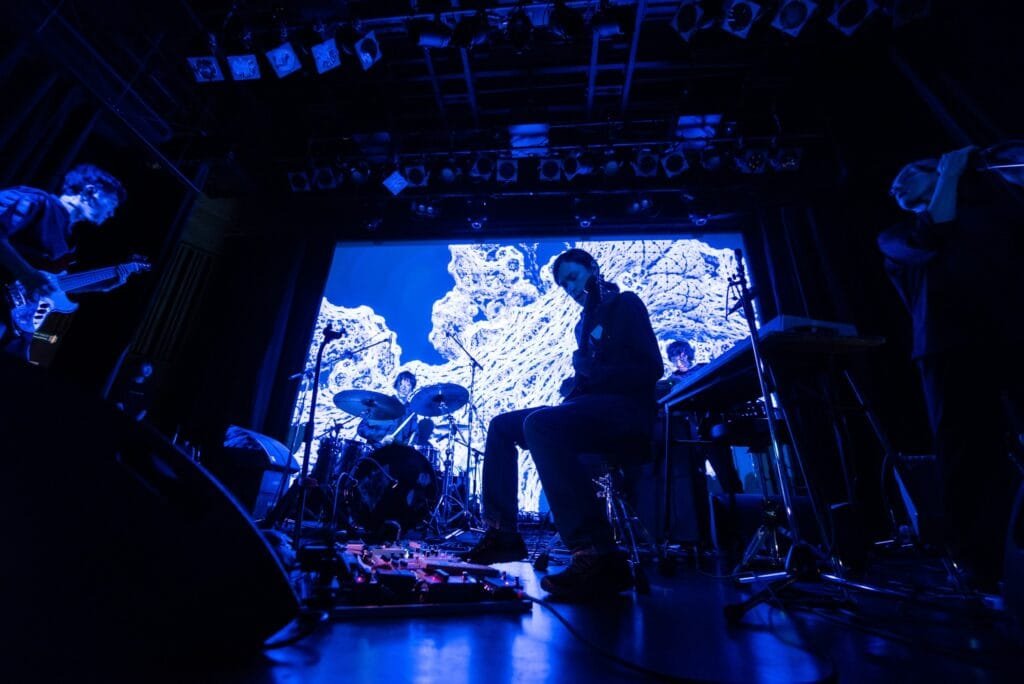
The visual aspect in downy
From their earliest releases, downy has treated visuals not as decoration, but as an integral part of their music. With Zakuro as their dedicated VJ since the beginning, the band’s live shows and album artworks, it all forms a cohesive, immersive experience. In this section, Robin discusses how this visual universe came to life and what drives it.
One of the things that struck me is that downy has a video jockey (VJ) as a full-time member. How did that come about?
Back in the day with our previous band, when we were playing all over at live houses, the lighting was typically handled by the venue staff. Sometimes it was unnecessarily flashy, or they’d use blue lights for a song I imagined as red. It felt out of our control. We could’ve hired a lighting person, but I’ve always liked creating visuals myself. At the time, no one was treating visuals as part of the band by bringing a projector on stage, so I decided to take that step. Depending on the venue, we can adjust the visuals to fit, and directly shape how the audience experiences them. I figured that if someone came to the show and saw the performance, the next time they heard the song, red would still feel like red to them.
How does the VJ element work during live shows? Is there a fixed structure, or is it more improvisational?
We don’t use sync—it’s all done in real time. There’s a general theme, but we adapt to the venue, so there’s quite a lot of improvisation involved.
You have a background in visual design and art direction—how do those creative disciplines interact with your music?
I think they help me see things more holistically. Compared to when I was younger, I’ve gained the ability to view and express things from multiple angles.
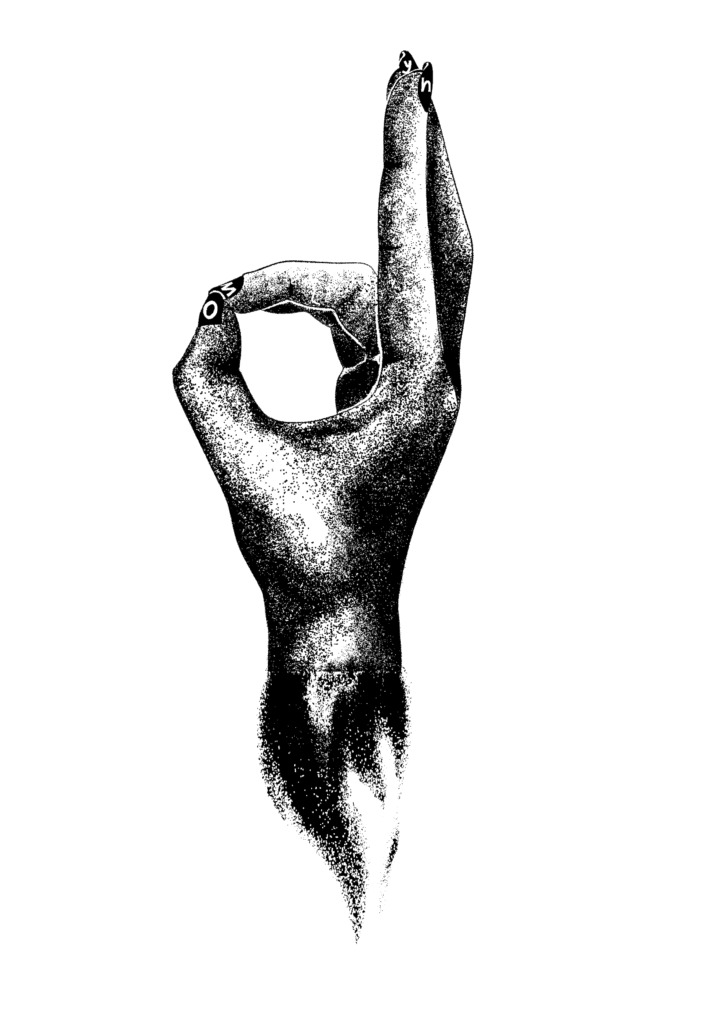
You’ve been closely involved in shaping downy’s visual identity, especially on past album covers. How do you approach that process?
Album covers don’t necessarily need to reflect the content (the music) in my opinion. I just want them to look cool as the face of the album. I do discuss elements like desired colors and parts, but I also value the inspiration the artist feels after listening to the album. So I incorporate their ideas and opinions as well. Since we always use paper jackets, I’m very particular about the paper texture and finish.
The latest album cover was designed by Russian illustrator Ilya Kuvshinov—a shift from previous aesthetics. What led to that collaboration, and what drew you to his work?
I’ve always liked Ilya’s work, so I took a chance and emailed him. Honestly, I thought he’d turn it down. But to my surprise, he said he’d been a fan of downy for a long time and had just been to our recent show—and he agreed right away. This eighth album marked our return, so I wanted the artwork to feel a bit like our first album, which featured a human face. The first cover showed tears falling from the outside; this time, I wanted something coming from within. I told Iriya it didn’t need to be clear whether it was tears or oil—ambiguity was part of the idea. His work is stunning, with unique color tones and a sense of light that feels like hope. That’s why I wanted him for this album.
downy’s Legacy
Eight untitled albums. Two decades of innovation. A sound that defies categorization. In this section Robin tells us how they keep renewing their sound, and we talk about the impact of the band on the Japanese experimental scene and their collaborations.
With a career spanning over 25 years, downy has constantly evolved its sound. How do you maintain that creative momentum? And when starting a new album, what typically comes first—a concept, a sound, or an emotion?
Our main motivation is to surpass our past works. We try not to create strict concepts for the whole album, but to get started, I might think something like “maybe this one will be jazzy.” That becomes a kind of seed. Of course, it never actually ends up that way ! (laughs) Songwriting is like turning the images in my head into single-frame pictures. Performing the finished song live is like taking that picture on a tour through galleries.
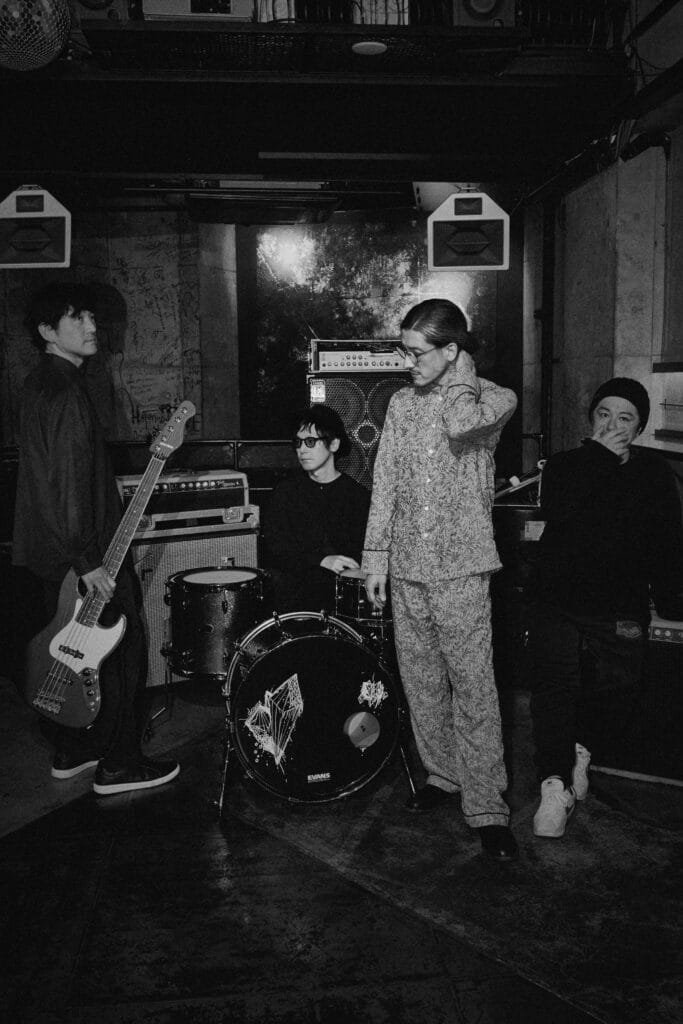
downy is often cited as a key influence in Japan’s experimental music scene. How do you feel about that legacy? Are there any emerging artists you’re particularly excited about?
Since we’ve always focused on facing ourselves, we don’t let outside opinions sway us too much. But I’m happy to hear that. As for emerging artists, recently, I really liked a band called Yellow mo.
You also co-host the Afterhours festival with bands like MONO and envy—can you tell us about how it started, and what the vision behind it is?
It started from a desire to create a space for independent artists. We envisioned it a traveling festival—not just limited to Japan.
Have any past collaborations—musical or visual—been especially transformative for you as an artist?
Maybe not transformative, but all the collaborators I’ve worked with have been amazing and inspiring. They always push me to do more myself.
I also really enjoyed your project zezeco with Manukan. How did that come together? Is there more music on the way?
We’ve been friends for a long time, and this project has existed for quite a while. We’ve been working at our own pace, and the timing finally aligned, so we were able to finish the album. We’ve also provided music for various ambient and environmental projects, and yes, we plan to release new material in the future.
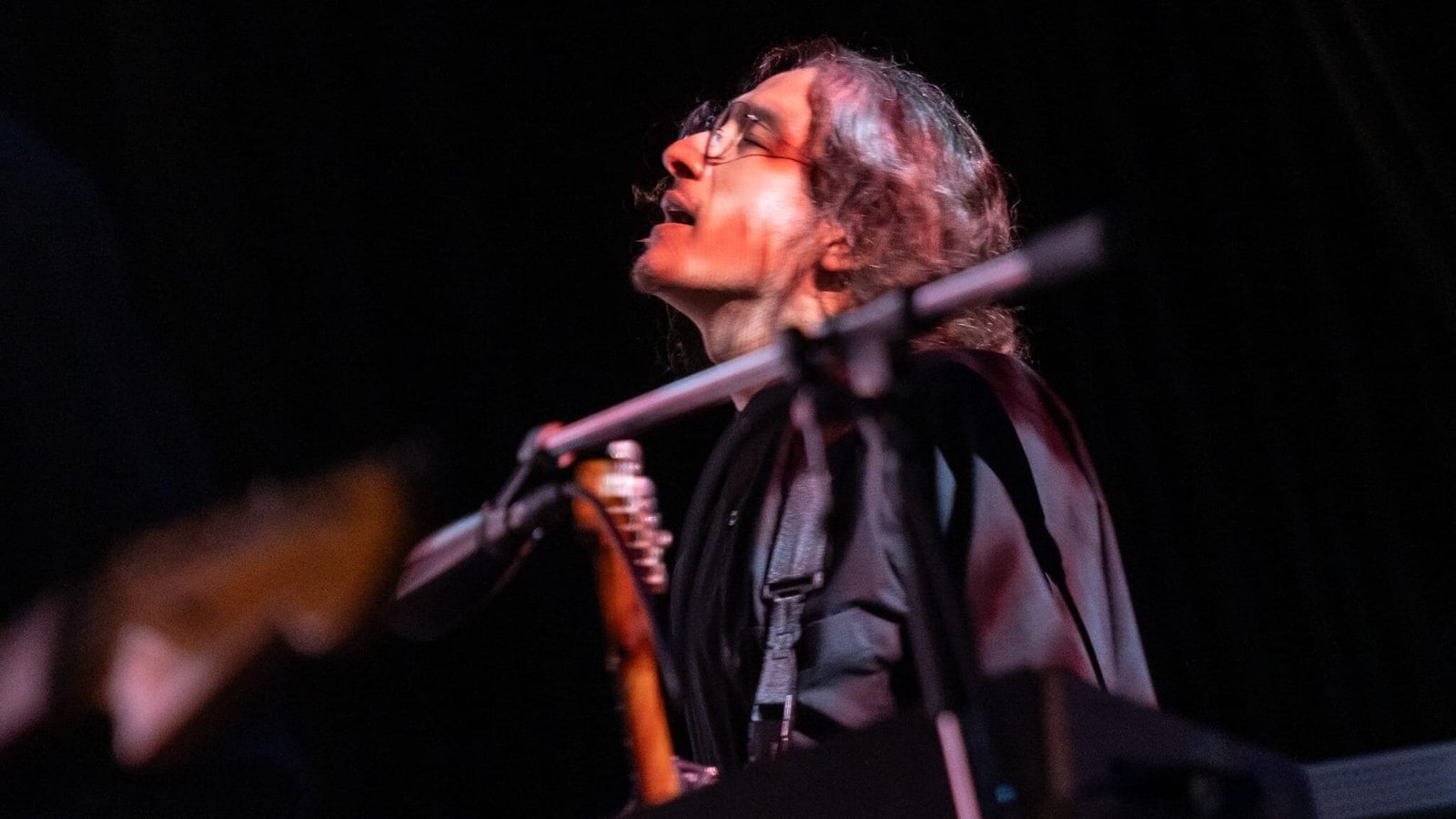
Unusual Questionnaire
Since downy’s sound and universe is one-of-kind, we thought it would be nice to end up with up our unusual questionnaire.
what is the most unusual instrument you have ever played ?
Hmm… maybe the sarod, a traditional Indian instrument.
what is the most unusual venue you have ever played at?
Not with downy, but I’ve performed in a cave before.
what is your most unusual habit or ritual in a recording studio?
Nothing really ritualistic, but before recording vocals, I skip meals and drink honey straight.
what is your most unusual favourite song (by any artist) ?
“Meitei Freak” by downy
what is your most unusual favourite piece of art?
I love ceramics, and the works of Seishō Kuniyoshi are incredible. I recently met his son and had the chance to see some of his original pieces—it was overwhelming how much energy they radiated.
what is the most unusual question you have been asked in an interview?
I live in Okinawa—a tropical place with beautiful beaches and a relaxed vibe—but someone once asked me, “Why do you make music like this while living in such a laid-back place?”
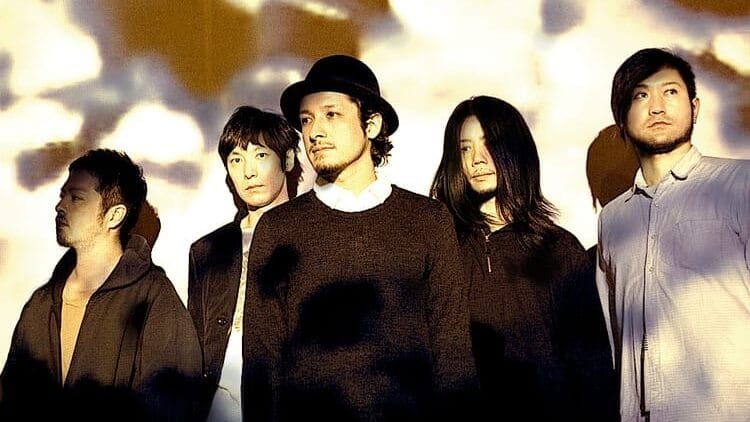
As downy continues to push the boundaries of experimental rock, Robin Aoki’s insights shed light on the band’s unwavering commitment to artistic integrity and innovation. With a UK release through Dog Knights Productions in June, and aspirations for a European tour in the planning stages, the band is poised to share their immersive soundscapes with a broader audience. We’ll be sure to keep you updated as these plans come to fruition.
